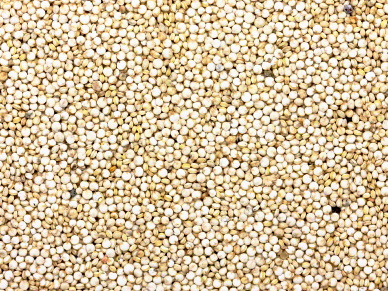
quinoa, l
(article, Ellen Jackson)
[%pageBreakSettings nobreak=true] [%adInjectionSettings noInject=true] [[block(sidebar). h1. Featured recipe]] As a companion piece to an earlier Culinate 8 on wheat flours, here’s a look at eight other types of flour. A couple of these flours are good options if you’re gluten-intolerant or allergic to wheat; all are good if you’re just looking to broaden the range of whole grains you eat on a regular basis. All of these flours are a pleasure to bake with once you’ve identified their best qualities and shortcomings. The eight flours below may be high in protein, but most are short on gluten. Some are also high in fat, so purchase them in small amounts or store them in the freezer to prevent them from turning rancid. [[list(culinate8). #(clear n1). [%image barley float='clear right' width=250]Barley comes in several forms, whole pearl barley being the most familiar. A good wheat-free option, barley is low in fat and high in antioxidants and fiber. Mild-tasting barley flour is an excellent candidate for surreptitiously boosting whole-grain goodness in your baking. Plus, it has the distinct advantage of mimicking the buttery, fatty mouthfeel we expect from baked goods. Barley flour is low in gluten and must be combined with wheat flour. Substitute barley flour for up to 50 percent of the flour called for in your recipes for cookies, pancakes, and items requiring less structure. For higher-rising baked goods, like cakes and quick breads, substitute 25 percent barley for wheat. Uses: Scones, quick breads, and pancakes; cakes and cookies; pie crust. #(clear n2). [%image kamut float='clear right' width=250]Kamut is actually a brand name for the grain believed to be conventional wheat’s Egyptian ancestor. Also known as QK-77 and khorasan, kamut is related to durum wheat. Kamut can be agreeable to gluten-intolerant individuals, but those with celiac disease or wheat allergies should steer clear. Kamut grains are larger, sweeter, and higher in protein than today’s wheat, making the flour a solid substitute in recipes calling for whole wheat. Substitute equal parts of kamut for whole-wheat flour. Uses: Bread, pasta dough, and crackers; cakes and cookies; muffins, quick breads, and biscuits. #(clear n3). [%image reference-image float='clear right' width=250]Because it’s missing phenolic acid, the element in wheat’s bran layer that makes it bitter, spelt is mild in flavor. Smooth, sweet, and nutty, spelt has four times the fiber of wheat and is rich in manganese and B-complex vitamins. With 40 percent more protein, spelt is capable of producing more gluten than wheat, making it unsuitable for those with wheat allergies. Although it’s plentiful, spelt’s gluten is more delicate, causing it to absorb liquids quickly, then release them just as readily. This is easily remedied by resting cookie doughs or cake and quick-bread batters before baking. Uses: Pizza crust, foccacia, and flatbreads; cakes and cookies; muffins, pancakes, and quick breads. #(clear n4). [%image quinoa float='clear right' width=250]Until recently, quinoa was only consumed whole. Quinoa is the most nutritionally rich grain, boasting up to 20 percent protein balanced with amino acids. It’s also full of iron and fiber. Quinoa flour has more fat than wheat, which lends a moist mouthfeel to its slightly grassy flavor. It’s a great choice for those who eat gluten-free. Substitute up to 50 percent quinoa flour for all-purpose flour, or entirely for whole-wheat flour. Uses: Cookies and cakes, pancakes. #(clear n5). [%image cornkernels float='clear right' width=250]Corn adds a sweet, nutty flavor to everything from fritters to shortbread cookies. When ground to varying degrees, from coarse meal to fine flour, corn is a good source of vitamin A, manganese, and potassium, but has less protein than wheat. Cornmeal and corn flour have no gluten, but can be paired with wheat flour to add lightness, lift, and structure to baked goods. Both work well as the only grain in tortillas, flatbreads, and pancakes. Uses: Good for sweet and savory applications: bread, pizza dough, waffles, muffins, and crackers. #(clear n6). [%image oats float='clear right' width=250]Most people find the vaguely sweet, nutty flavor of oats appealing and soothing. With twice the protein of wheat or corn flakes, oats are a nutritional powerhouse. Oat flour contains 17 percent protein and can be substituted for as much as one-third of the wheat flour in bread recipes. It also works well in smaller amounts, in cake and cookie recipes that call for creaming butter and sugar. Remember what Wilford Brimley said: “It’s the right thing to do and the tasty way to do it.” Uses: Bread, some cakes and cookies. #(clear n7). [%image rice float='clear right' width=250]Milled rice is a traditional ingredient in the foods of other cultures — rice cakes, noodles, drinks, and spring-roll wrappers. Because it is slow to absorb liquid, bread bakers use it to prevent sticking when forming loaves. Rice flour has no gluten, so it must be combined with another flour and should represent no more than 5 percent of the total flour used. When used with wheat flour, it adds a sandy quality characteristic of crackers and shortbread. Uses: Pancakes, shortbread, crackers. #(clear n8). [%image chickpeas float='clear right' width=250]Legume flours, including pea, bean, chickpea, and lentil flours, can be used to add flavor and nutrients to many dishes. Use black-bean, chickpea, or green-pea flour to make tortillas or crackers. Flours made from neutrally flavored white beans, pea beans, and navy beans can be substituted for 5 to 15 percent of the flour in your recipe without affecting quality or flavor. They produce especially soft bread because they are very finely ground and contain no gluten-forming proteins. Uses: Bread, crackers, tortillas, soup bases. ]] p(bio). Former pastry chef Ellen Jackson is a food writer who lives in Portland, Oregon.

quinoa, l
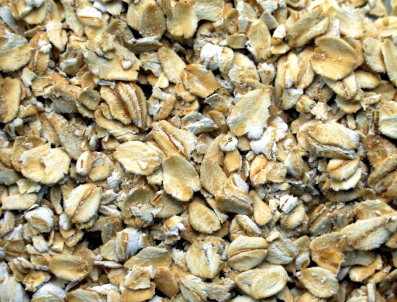
oats, l
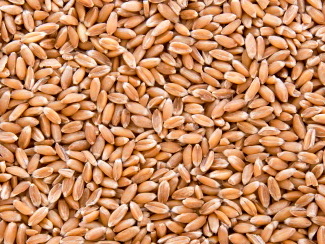
reference-image, l
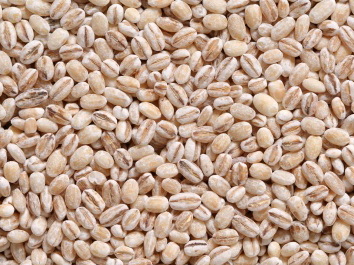
barley, l
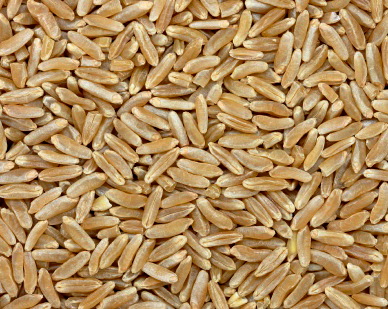
kamut, l
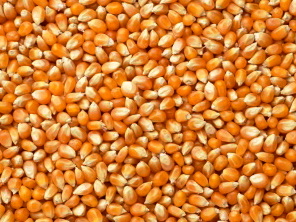
cornkernels, l
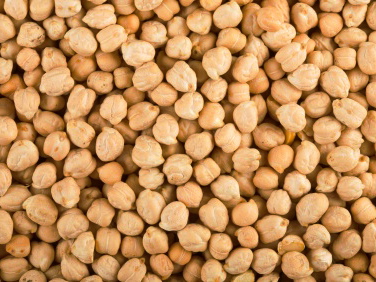
chickpeas, l
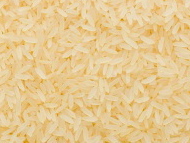
rice, l